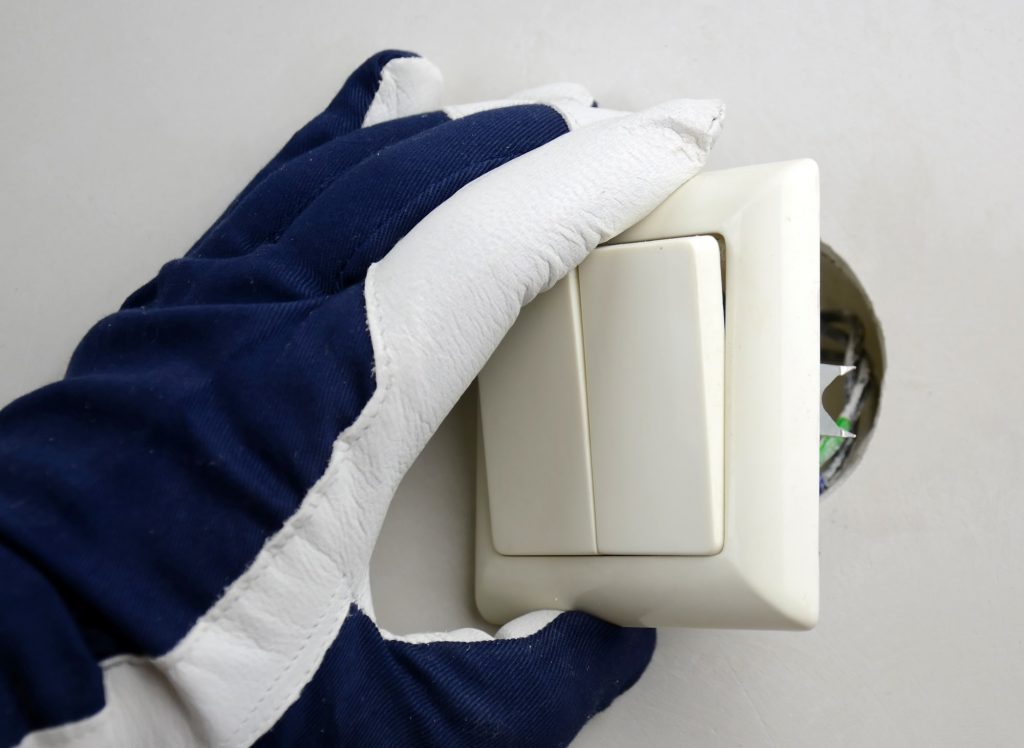
The senior and the disabled need adaptive switches that allow them to switch on and off the lights comfortably without straining. Adaptive switches include pressing buttons, switch adapters in toy form, voice-output communication tools, and panic buttons. All these switches use the latest technology to make sure that they are safe to use and easy to access. Therefore, the senior and the disabled can work independently at home and in school.
Types of adaptive switches and sockets for the senior and disabled
There are hand, body, and finger switches that only requires slight effort and movement of the hand. This is done to reduce the strain used when trying to reach the switches and sockets on the walls. This technology involves the use of joysticks that can be used to activate a television, phone, or sound system in the house.
Light switches are activated by the eyes. And a switch can be simply opened by the blinking of an eye and can be closed as well. This method is effective and considered safe since it has been used for many years. The seniors or the disabled will enjoy staying at home because they can control a few things in the house.
Sound switches are also reliable. Voice can be used as the personal identity of a person because it is unique. Remember, the main aim is to make sure that the person is comfortable and safe and home. And to encourage them to do a few tasks such as switching on the lights and off when they leave a room. The sound switch is programmed according to what they will say when they want lights to go on or off. It doesn’t have to be full words; it can be programmed with any sound.
Pillow switches are the best in the bedroom. This switch can be activated by hands, shoulders, arms, or the head. When they get on the bed, they can just activate the switch to turn off the lights. It is very reliable because they can still switch on the lights at night when they need to go to the washroom or to read a book.
There are plate switches that are convenient for the ones who are not comfortable using small buttons. Plate switches are big and convenient to use. A similar switch and socket are the saucer switch.
Wheelchair and bedside switches and sockets are very convenient. The switches can be fitted in the wheelchair and the bedside of the bed to increase reliability. They will not need to call for help anytime they need to switch on the lights to charge a phone or a tablet.
Uses of Adaptive Switches and Sockets
These sockets and switches are used to operate different appliances such as toys, electronic games, laptops, television, light, to charge phones or batteries, to control the wheelchair, to activate door opening and closing, and to operate the radio. All these items involve daily usage and it will be tiring if the senior or a person living with a disability has to call for help for each one of these tasks.
How to Choose the Best Switch and Socket
The best switches and sockets are those that will not strain the user. This will depend on the body part that the person can comfortably use to switch on and off the sockets. Also, easy manageable switch and sockets are highly encouraged. The kind that needs minimal energy to operate.
Benefits of these Switches and Sockets
They help to increase the independence of the individuals and boost their self-esteem because they will feel in control of several things in the house. It will also increase convenience to the caregiver because they will not need to assist in everything. Then they can focus on cleaning the house and making food for them.
It helps to enhance brain development especially in children who have disabilities. They can increase their motor skills by controlling different items like switching on the television, charging a tablet, and switching on and off the lights.
It increases accessibility to technology and laptops because the adaptive switches and sockets increase the usage. They can switch on the laptops whenever they need to use them and the television as well.
Contact us today for more details!